A bizarre new form of astronomy could unlock these 4 cosmic secrets
One killer application is to reveal supernovas — huge, exploding stars that seed the universe with elements like carbon, nitrogen, and oxygen — hours before they're visible to telescopes.

"Gravitational waves arrive at Earth long before any light does," Bartos said. The reason is that the star gets in the way of itself.
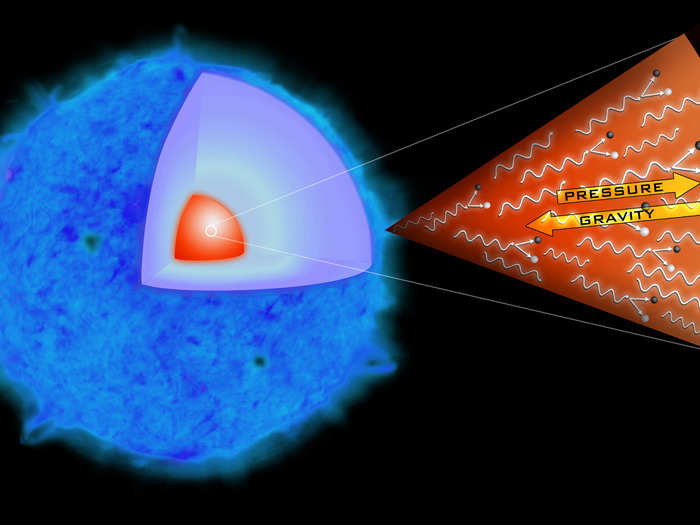
All of this stuff tries to come out, including light, but it bumps into the star's matter and gets stuck until the whole star collapses. But gravitational waves can pass right through.

But it's not just about pointing our telescopes at supernovas before we can see them explode. (Not to suggest this isn't insanely cool.)

Gravitational waves will reveal the hidden, seething cores of supernovas. "Right now the only tools to explore what happens inside are computer models," Bartos said.
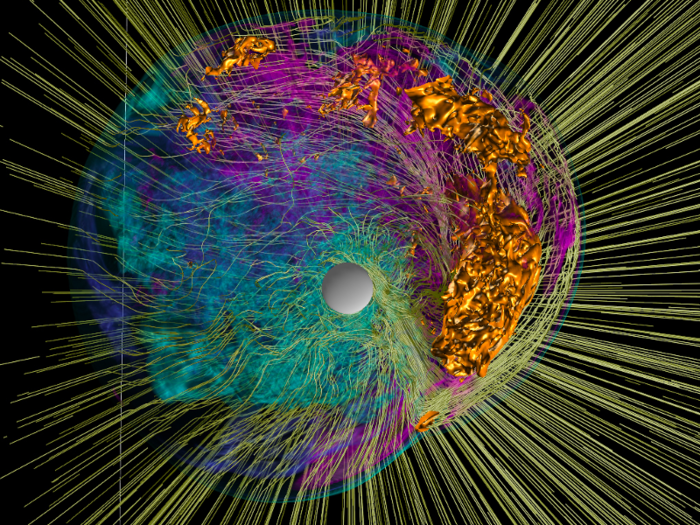
There is another wild application of gravitational waves: Hearing the birth of black holes.
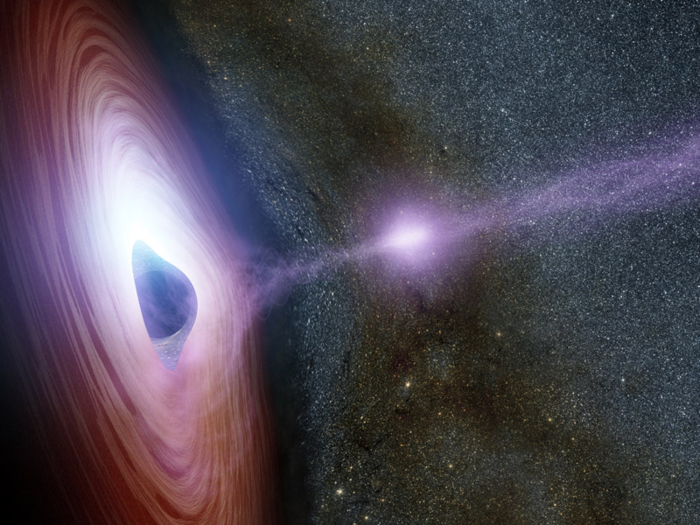
This happens deep inside supernovas, or when two ultra-dense dead stars, called neutron stars, merge together.
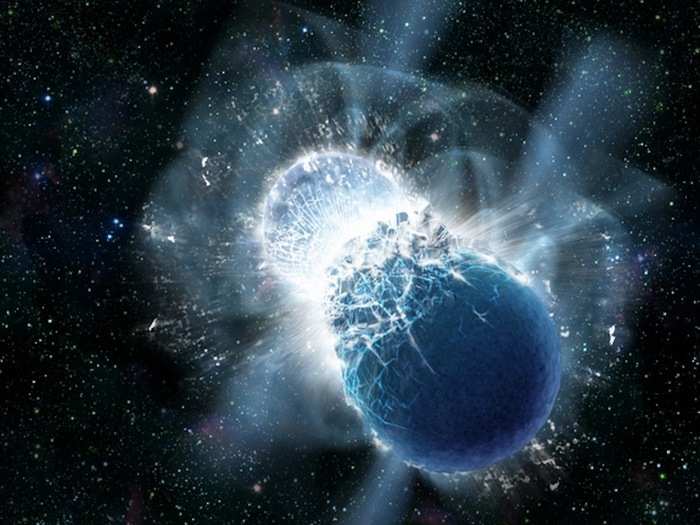
Such an event should cause gravitational waves to spill outward in all directions at the speed of light.

Physicists also have no idea if black holes have any structure. But gravitational waves can emanate from the surface — a point of no return called the event horizon.
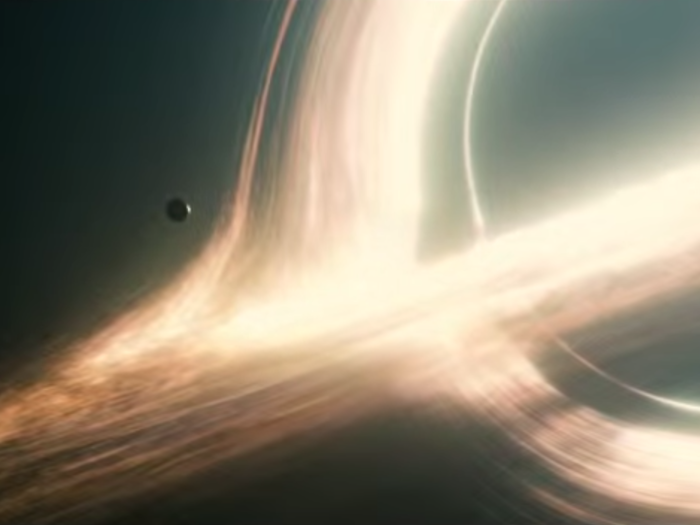
The closest you can get to black hole is gravitational waves," Bartos said. "There should be no structure to the surface, but if there is, if black holes have any 'hair,' we could detect that.
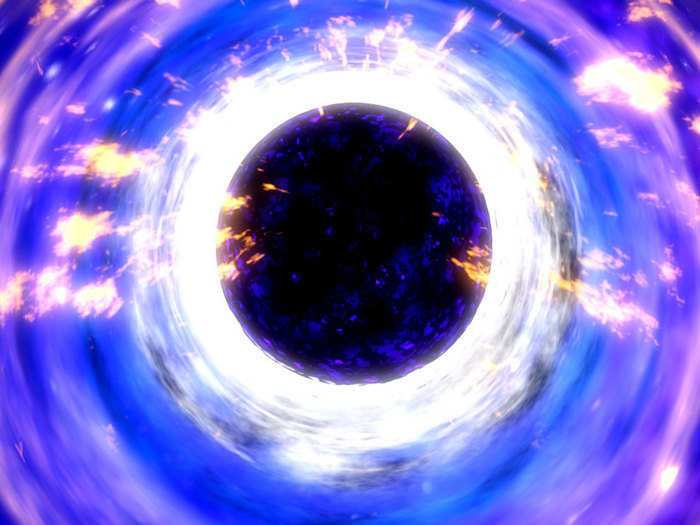
Gravitational waves will also help us take inventory of the weirdest, wildest objects in the universe that we couldn't previously detect.
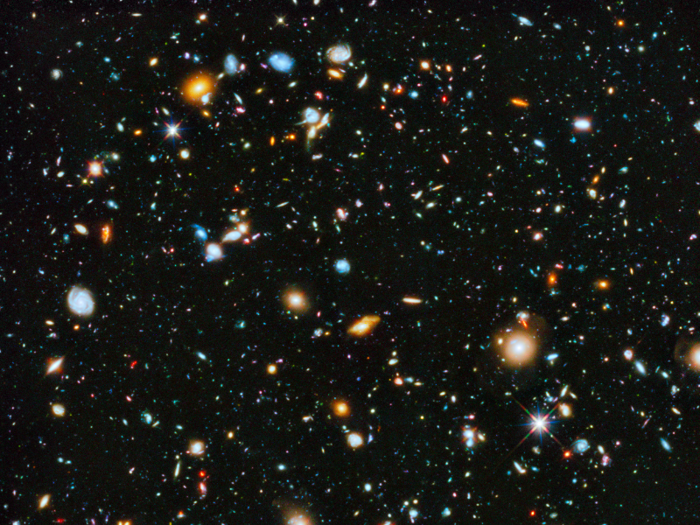
That includes binary black hole systems — just like the one that triggered the first gravitational waves humanity ever recorded using LIGO.
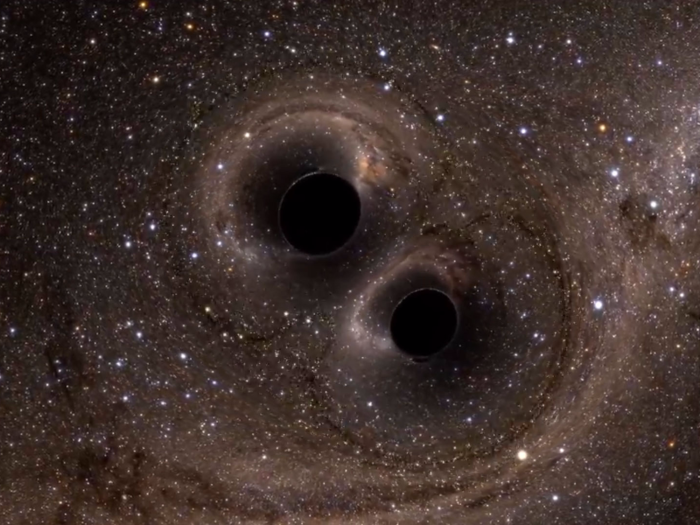
In that case, two black holes merged together and instantly zapped three suns' worth of matter into pure gravitational wave energy.
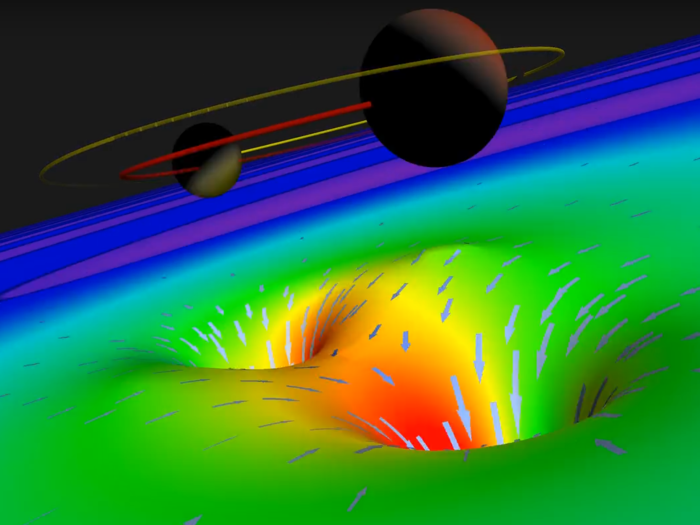
We have no idea how many more binary black holes systems are lurking out there, caught in a cosmic dance of death.
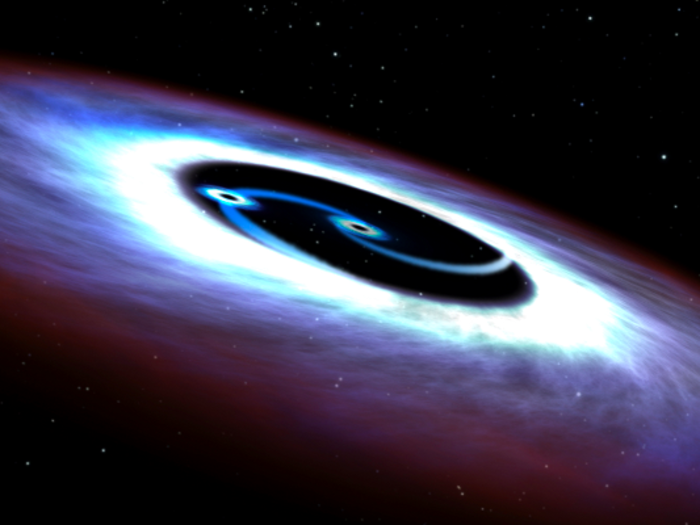
We also don't know how many neutron stars are out there in pairs or in orbit with a black hole. Gravitational waves will tell us when those objects collide, and how frequent they are.
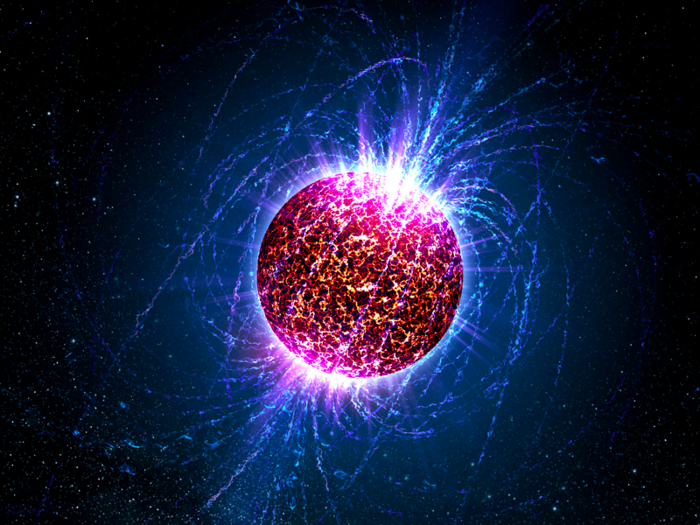
Gravitational waves may also reveal things out there, deep in the universe, that scientists have not yet dreamed up.
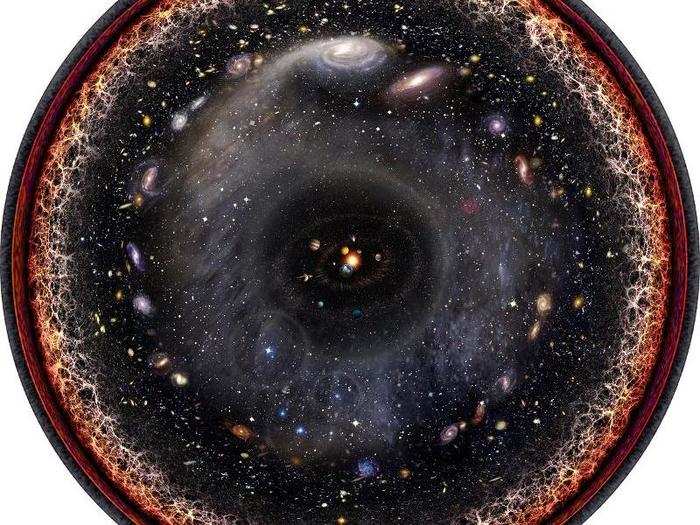
We can be rather sure that we’ll see big surprises," says Kip Thorne, a Caltech physicist and cofounder of LIGO. "My hope is for the biggest surprise we've ever seen.
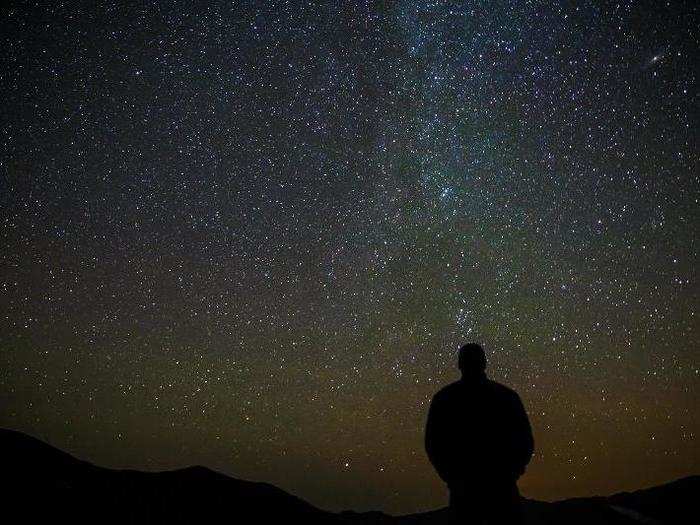
Popular Right Now
Advertisement